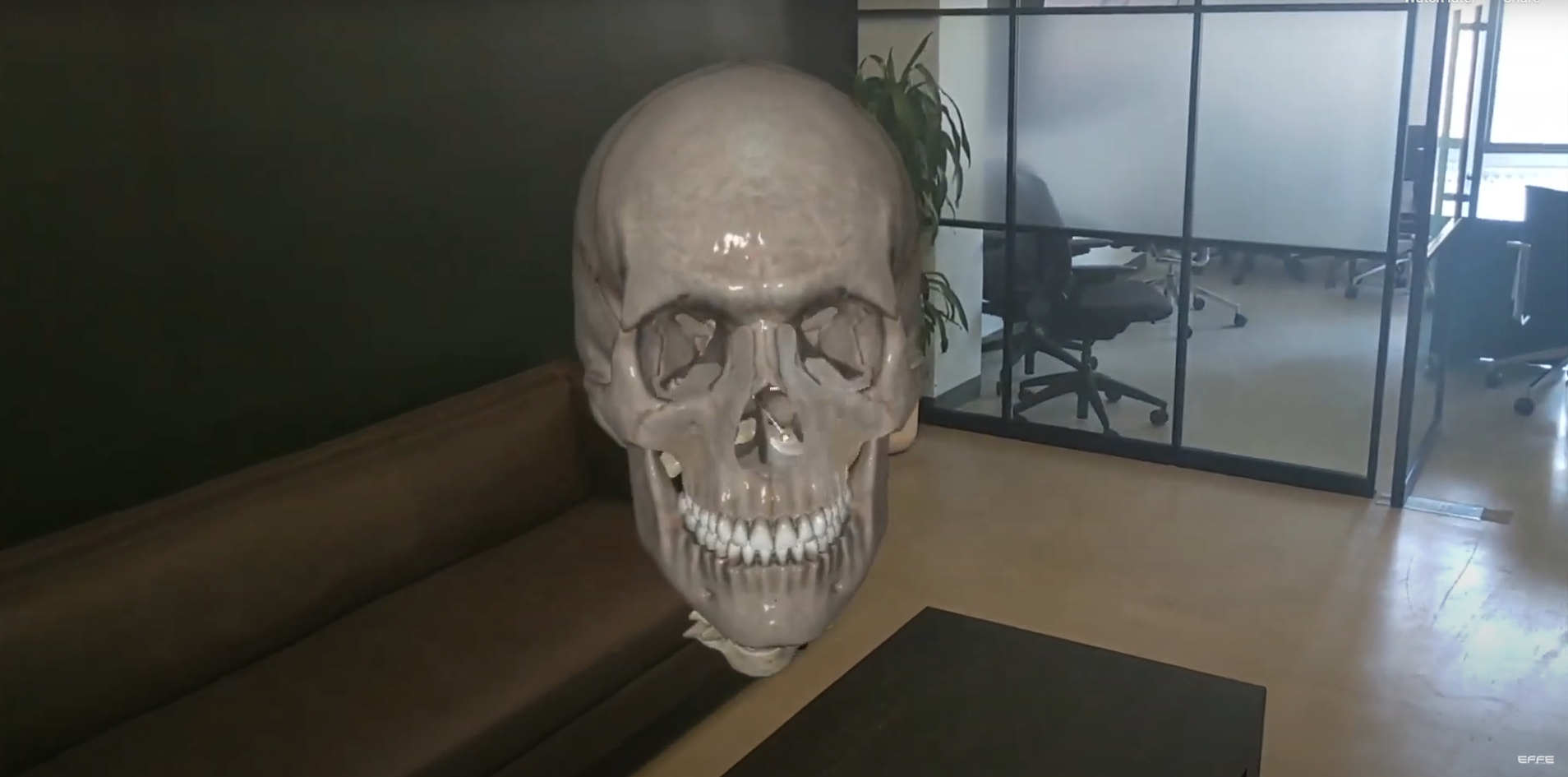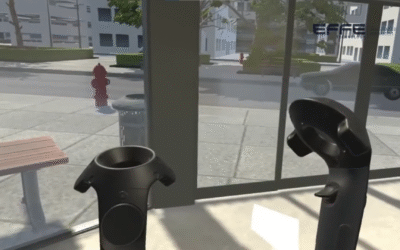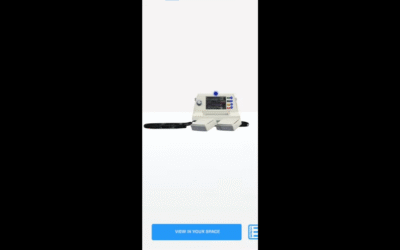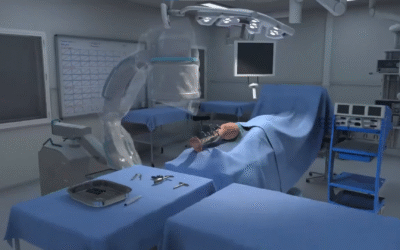Case Study: AR-Powered Anatomy Visualization for Medical Learning
Project Title
Augmented Reality Anatomy Visualization Platform
Description
This project focuses on creating an immersive AR-based anatomy learning solution that enhances how students, educators, and medical professionals study human body structures. Using Augmented Reality in Anatomy and Augmented Reality in Human Anatomy, our team at EFFE Technology developed an interactive web application that projects 3D human anatomical models into real-world environments. The platform helps users explore organs, systems, and biological structures with precision, making anatomical learning more realistic, engaging, and accessible.
Project Requirement:
The client approached us with the need for a digital tool that could simplify the complexity of human anatomy for medical students and training professionals. Their goal was to replace static textbook visuals with interactive 3D models and AR experiences that users can rotate, explore, and view in life-size scale.
Key requirements included:
-
Web-based AR experience without mandatory mobile app downloads
-
High-resolution 3D anatomical models (skeletal, muscular, circulatory, nervous systems)
-
Real-time rotation, zoom, and layer-based exploration
-
AR placement for life-size anatomical projections
-
Smooth performance on mobile and desktop browsers
-
Easy-to-use UI for students and trainers
-
Secure web hosting and scalable architecture
The emphasis was on making Augmented Reality in Human Anatomy accessible to anyone with just a web browser.
Project Planning:
Our project planning included four major phases:
-
Requirement Analysis & Concept Design
We studied medical curriculum needs and user personas such as MBBS students, physiotherapists, and biology educators. Wireframes were created for AR interactions and model navigation. -
3D Asset Preparation & Optimization
We sourced accurate anatomical models, validated them with medical references, and optimized them for realistic rendering inside a web-based AR framework. -
Tech Stack Finalization
We selected WebXR, Three.js, AR.js, and a strong backend for hosting large 3D assets. Our objective was cross-device performance and browser compatibility. -
Milestone Mapping
We planned weekly sprints for UI creation, AR integration, testing, and performance optimization.
Project Process & Execution:
The development process combined medical accuracy with advanced AR technology.
-
User Interface & Experience Design
A clean and intuitive interface was designed so users can easily switch between systems—skeletal, muscular, circulatory, etc. Quick-access toolbars were added for rotating models, isolating organs, and adjusting transparency. -
3D Modeling & Layer Integration
Each anatomical system was layered, allowing users to peel back from skin → muscles → organs → bones. These layers were integrated into the AR engine for real-time interaction.
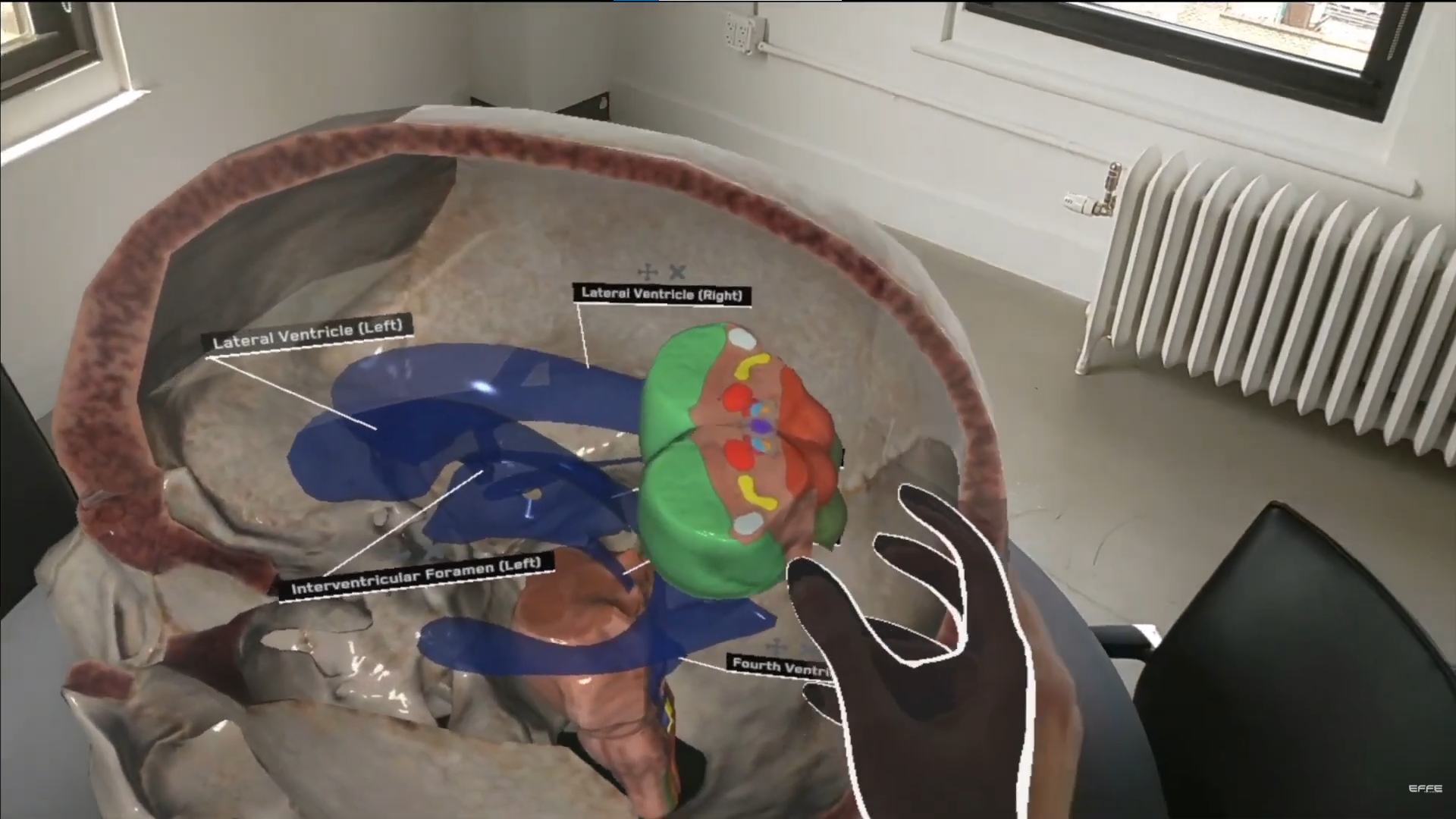
-
AR Integration in Web Application
Our development team delivered a fully browser-based AR experience using WebXR. Users simply scan the environment, place the human anatomy model, and interact with it in real scale. -
Performance Optimization
Since web-based AR demands smooth rendering, we reduced model polygon count, compressed textures, and implemented dynamic loading to ensure seamless experience even on mid-range devices. -
Testing & Quality Assurance
Multi-device testing was done on Android, iOS, Windows, and macOS. Medical students were invited for usability testing to ensure accuracy and ease of learning.
Challenges & Learning:
-
Model Performance vs Accuracy: Maintaining anatomical correctness while optimizing file size required careful polygon reduction and texture remodeling.
-
Cross-browser Compatibility: Safari and Chrome handle WebXR differently, so custom fallback methods were needed.
-
Lighting & Realism in AR: Achieving natural lighting for realistic AR rendering inside a browser posed challenges that were solved through custom environment mapping.
-
Medical Validation: Every organ and structure had to be reviewed by subject matter experts to ensure scientific accuracy.
These challenges helped us gain deep insights into blending medical content with web-based AR capabilities.
Client Deliverables:
-
Fully functional web-based AR Anatomy application
-
3D human anatomical models with system-wise breakdown
-
Interactive features: rotation, zoom, layer removal, AR placement
-
Admin dashboard for model updates and content management
-
Documentation for usage and deployment
-
Multi-device testing report
-
Training support for client’s internal team

